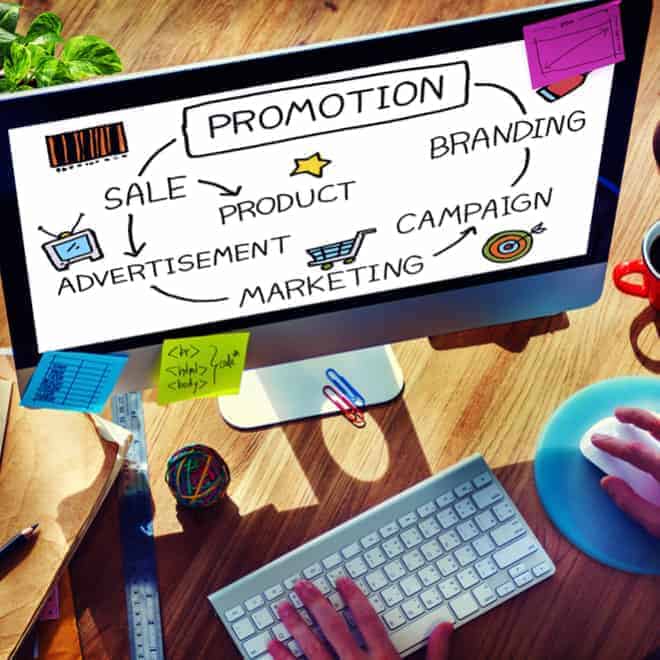The ramifications of COVID-19 in the OOH Advertising Industry
As the economic impact of COVID-19 continues to unfold, brands and agencies need to keep a up to date with the changing consumer behaviors and ensure they are prepared for any outcomes and find new opportunities. Marketers will have to change their strategies to mitigate the impact of COVID-19 is now a major focus since advertisers are researching better alternatives to keep their clients. Traditional out-of-home advertising methods such as billboards, bus stops, fliers, magazines, and transit posters will have a hard time finding their feet in the long run.
A survey conducted by the platform Numerator indicated many industries are shifting their messaging to in-home delivery. As example, restaurants are pivoting to food delivery message. The increased “work from home” periods will force the shift of advertising concepts. Numerator reported that Burger King and Little Caesars are even advertising new delivery options available in their stores.
Adzze has been adapting the advertising vehicles to a more sensitive message. The team has working on extending its capabilities to offer advertising vehicles that can reach the consumers at their safest place: at home. One of these concepts uses pizza boxes as advertising space. Think of this as small moving billboard that gets delivered at the consumer’s home. Studies demonstrated that this type of ads can evoke an 80% recall rate (8 out of 10 households individuals remember to see an ad on the pizza box) with an average ROI of 150%. This means, for every 1 dollar the advertiser invested in a pizza box advertising campaign, they received at least additional 2.5 dollars of sales. For more details see the article Estimating the ROI of Pizza Box Marketing.
The market interprets promotion and advertising as two different concepts, but that does not mean the two cannot go together. Promotional advertising is a technique whose objectives are two-fold. First, it aims to grow the sales volume of the product. Two, it seeks to increase the visibility of the brand.
Explaining promotional advertising
Often, companies organize advertising campaigns whose objective is to draw the attention of consumers to their products and services. It is common during these activities to offer incentives to consumers. Such incentives could come in the form of free products or discounts on the target products. According to the British Promotional Merchandise Association (BPMA), the promotional products market in Britain and Ireland is worth over £1 billion ($1.30 billion).
On the other hand, advertising focuses on the visibility of the brand. Businesses put their brands on billboards and posters in the open in what experts call out of home (OOH) advertising. OOH, advertising targets the masses with special messages designed to point consumers towards that particular business. Therefore, one could safely argue that promotional advertising is broader in terms of objectives and methodology.

Can this technique be targeted?
In the US, as it is elsewhere worldwide, businesses spend a considerable amount of their capital on advertising. The primary reason why businesses advertise is to announce their existence. Nevertheless, businesses that are widely known as Procter & Gamble still spend billions of dollars on advertisements. Could this be due to the desire to sink the competition?
Promotional advertising is effective if it generates the right level of brand engagement and the right amount of direct actions. But to reach this point, you must get to the right audience. Target audience will immediately identify with the product or service your business provides. The trick, therefore, is targeting of the campaign.
Targeting promotional advertising requires you to use innovative techniques like in-the-hand marketing. Notably, this concept is unconventional in that it entails placing ads in places that people would least expect. For example, you can place an ad on a coffee cup sleeve. Every time a coffee cup with such a sleeve is given, consumers will be grabbing your brand into their hands.
This way, the advertiser has an opportunity to pinpoint the exact demographics of the target audience. Say you want to let college students know about your campaign against drunk driving. What you do is place an ad on coffee cup sleeves and deliver them to the coffee shop on campus. This way, you will reach the exact audience and hence optimizing engagement.
The Ad industry will focus on the Stay-at-Home vehicles
Recently the Interactive Advertising Bureau surveyed nearly 400 media buyers and brands. The results were surprising: 74% think the coronavirus pandemic will have a larger impact on their advertising spend than the 2008 financial crisis. According to the President of Interactive Advertising Bureau, David Cohen, “Typically marketers will press pause for a moment, take a breath, assess the situation, replay and reevaluate.”
The use of mobile OOH methods will most likely experience more decline in the coming months, given the fact when the economy re-opens, people will still be cautious and stay more at home. Mobile advertising using trucks, buses and others will be fast replaced by in-home advertising. The impact of COVID-19 has kept normally mobile citizens inside their homes. Hence, the best ways to reach your audience and maintain brand visibility will be to take your products and services to them indoors, as it will be clearly unprofitable to place adverts on advertising vehicles that no one is seeing.
Besides targeting, in-the-hand marketing is ideal for advertisers that want to accelerate brand visibility. To be sure, traditional advertising mediums have access to a large population of people. This means the impression rates generated are high. However, the impressions rarely have a significant effect on the brand visibility because of issues like inattention.







